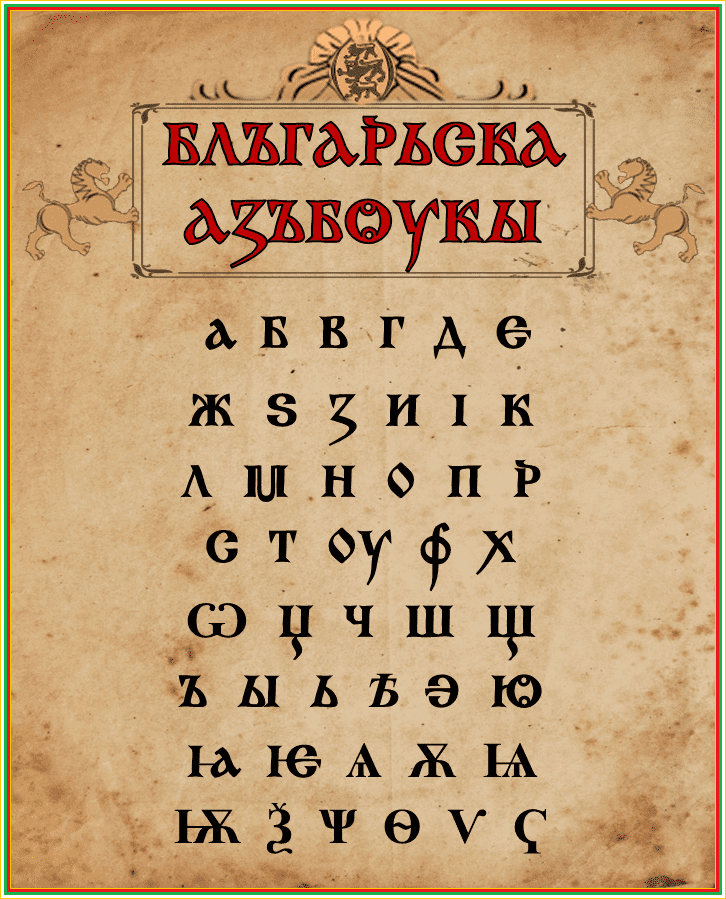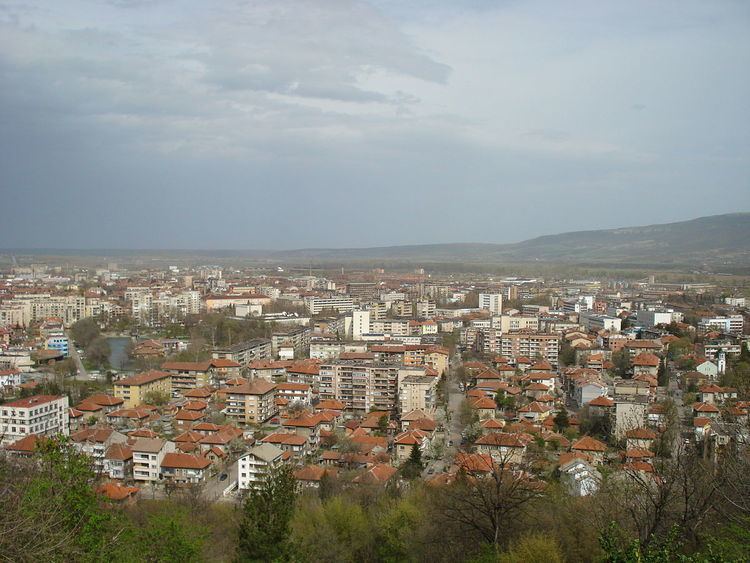Country Area 69.235 km2 | Elevation 135 m Mayor Zlatko Zhivkov | |
 | ||
Map of Montana, Bulgaria
Montana (Bulgarian: Монтана) is a city in northwestern Bulgaria, located 50 kilometres (31 miles) south of the Danube river, 40 kilometres (25 miles) northwest of Vratsa and 30 kilometres (19 miles) east of the Serbian border. It is the administrative centre of Montana Province.
Contents
- Map of Montana Bulgaria
- Montana city bulgaria 15 02 2014
- Montana bulgaria www bluemaxbg com
- Names
- Geography
- Population
- Educational facilities
- Entertainment venues
- Roman times
- Middle Ages
- Ottoman rule
- Modern history
- People from Montana
- Twin towns sister cities
- Honour
- Districts
- References

Montana city bulgaria 15 02 2014
Montana bulgaria www bluemaxbg com
Names

When the town was first settled by Slavs it was known as Kutlovitsa; later in Ottoman Turkish as Kutlofça. The town was renamed Ferdinand in 1890, receiving the benevolence of Bulgarian Knyaz Ferdinand and a city status. On 1 March 1945, by a decree of the government, the communist authorities changed the town's name to Mihaylovgrad after the red party activist Hristo Mihaylov (died 1944), a leader of the 1923 September Uprising in the region. In 1993, after a presidential decree, the town received the name Montana, inspired by the name of the nearby Roman settlement, from Latin mons, "mountain".
Geography
Montana is situated on the river Ogosta, north of Stara Planina, surrounded on the south and east by uplands.
The climate is temperate continental, with a cold winter and hot summer. The average temperature is 1 °C (34 °F) in January and 25 °C (77 °F) in July. In the last 15–20 years, temperatures reaching up to 35 to 40 °C (95 to 104 °F) in the summer are not uncommon.
Population
As of February 2011, the city has a population of 43,781 inhabitants. The number of the residents of the city reached its peak in the period 1988-1991 when exceeded 55,000 with a highest rate in 1991 numbering 57,142.
According to the latest 2011 census data, the individuals declared their ethnic identity were distributed as follows:
Total: 43,781
There is a large concentration of Roma within the city limits as the Roma are 3055 in the city and 3764 in the municipality, while the Bulgarian elements are 38278 in the city and 47464 in the municipality. The following table presents the change of the population after 1887.
Educational facilities
The city hosts about a dozen high schools, two of the most notable are:
Entertainment venues
"Dragomir Asenov" Drama Theater is situated at the western end of the main city plaza.
The last working cinema in the city was closed in the early 2000s.
The city is host to a regulation sized football stadium home to the local football(soccer) team.
Roman times
The region around Montana became part of the Roman province of Upper Moesia in 29 BC. Around 160 AD, a military camp that was most likely founded on the remains of an older Thracian settlement acquired city rights under the name of Civitas Montanensium. The city developed and urbanized after a Roman model and became the second most important settlement in the province after Raciaria (near modern-day Archar). A fortress was built atop the hill overlooking Montana, as well as public and residential buildings, temples, baths and theatres. Montana became a typical imperial settlement, where the local romanized population coexisted alongside Italic and Anatolian settlers. The base of the town's economy was the big landowners of Italic origin and their villas and mansions, while the locals served to work in agricultural production and gold mining in the Ogosta river valley. A community of Greek settlers engaged in craftsmanship and money-lending lived in the town during the period. The patrons of Montana, in the spirit of Hellenism, were Diana and Apollo.
Middle Ages
Between 440 and 490, the northwest of modern Bulgaria was devastated by the raids of the Huns, under Attila, and later by the Goths. Slavs and Avars delivered the final blow to Greco-Roman culture in the region. The Slavs who settled later in the area called the town Kutlovitsa. During the time of the First and Second Bulgarian Empires, the settlement recovered and became the centre of an eparchy.
Ottoman rule
After Kutlovitsa was seized by the Ottomans, the settlement was destroyed and became deserted. It was renamed "Kutlofça" by the Ottomans, which was derived from Kutlovitsa. Between 1450 and 1688, the town was resettled by Turks because of its strategic location, and went through another period of blossoming as a typically Oriental town. A mosque, fountains, and other new buildings were erected. There was also a Roman Bath left over the Middle Ages.
Modern history
After the Liberation began a massive wave of migration towards Kutlovitsa and a period of economic blossoming. An electricity station, a railway station, a post office and a hospital were built, a fair and a community centre emerged. The football team, PFC Montana, was founded in 1921 and played in the Bulgarian A Professional Football Group between 1994–1997 and 2009–present day.
People from Montana
Twin towns (sister cities)
Montana is twinned with:
Honour
Montana Bluff on Livingston Island in the South Shetland Islands, Antarctica is named after the city of Montana.
